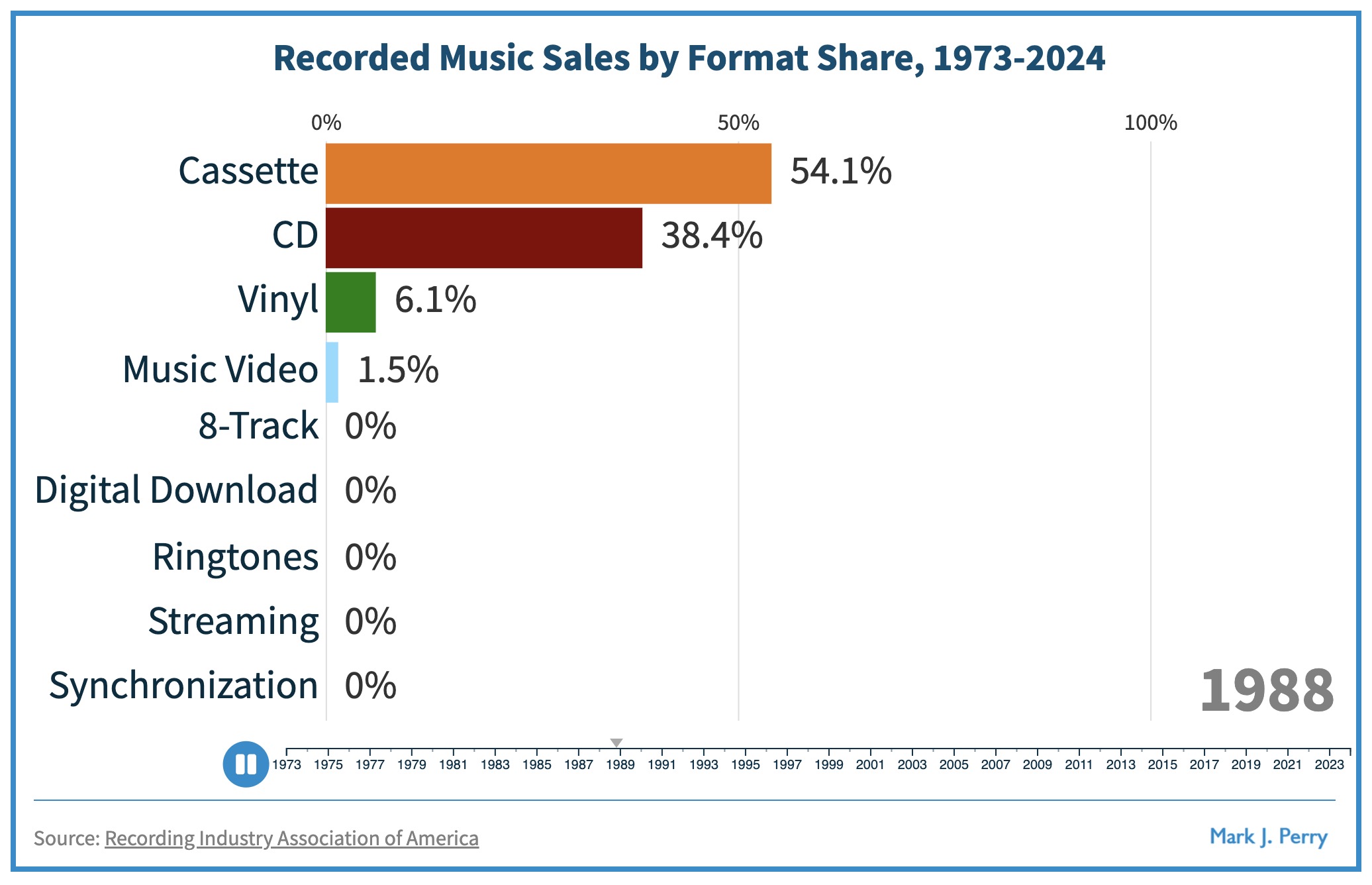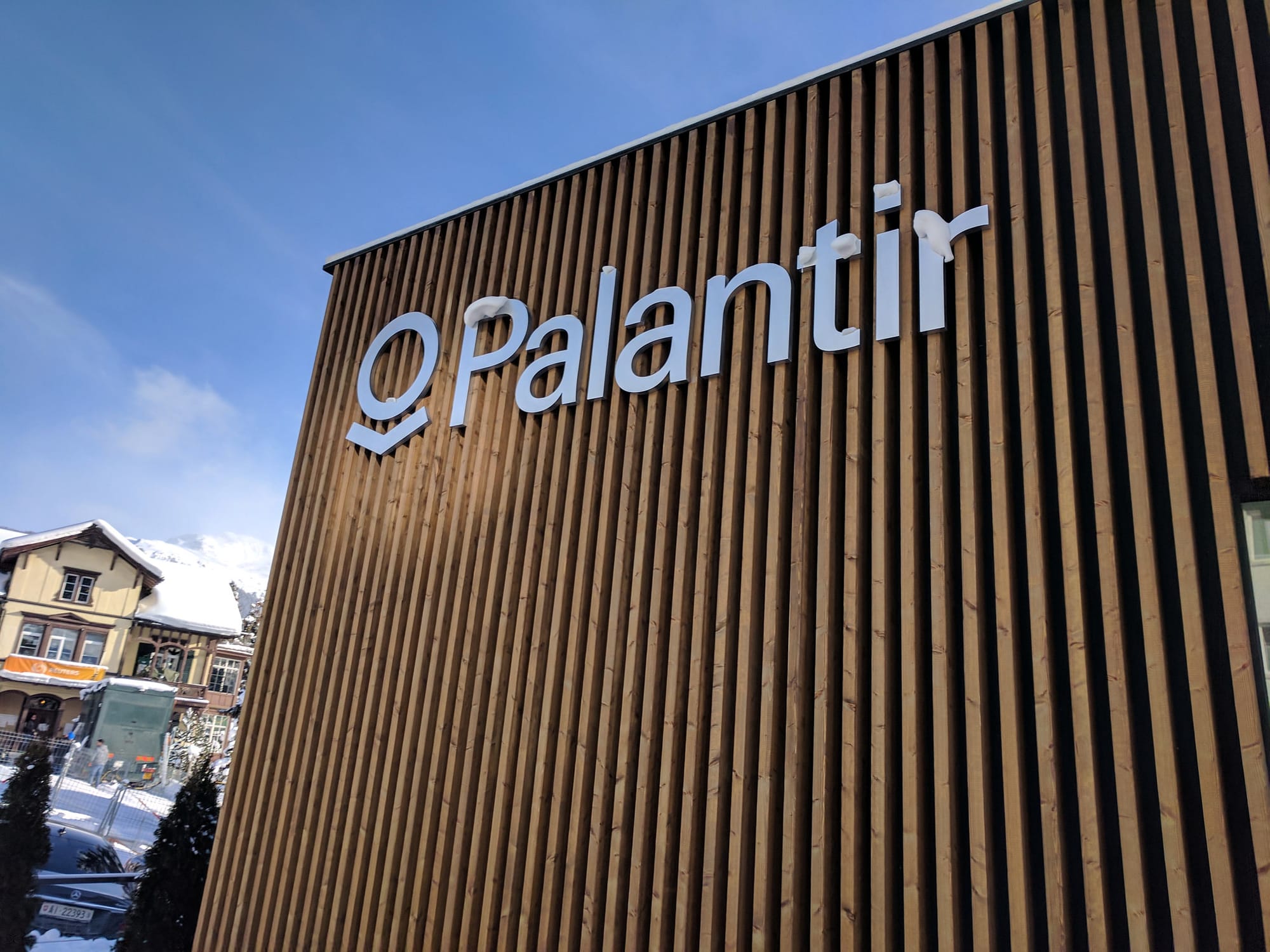
Alexa is a digital assistant in gadget form. It’s a simple keyword bot with a voice interface. It’s very limited, but it works well enough, and a lot of people like it.
But it’s also a money-loser. Amazon hoped Alexa users would buy a ton of stuff from Amazon all the time and sign up for Amazon Prime, and that didn’t really happen.
By August 2024, Amazon had desperately leapt onto the AI hype train. Amazon leaked that an Alexa which replaced the keyword bot with Anthropic’s Claude chatbot would be released in October 2024. This didn’t happen. [Reuters]
By February 2025, though, Amazon felt more confident, and ran a spectacular demo of Alexa+ — the AI-backed assistant! [Yahoo!; YouTube]
Alexa+ would be $20/month, or free with Amazon Prime — which is $15/month.
Alexa users started buying up-to-date Amazon Echo gadgets just to get Alexa+. Many even signed up for Prime well ahead of time.
Amazon said in late February that Alexa+ would “start rolling out in the U.S. in the next few weeks during an early access period.” This didn’t happen. [Amazon]
In late March, Amazon did another round of PR for a launch on Monday, March 31 — a release with “some missing features,” according to “internal company documents” seen by the Washington Post. This didn’t happen. [Washington Post, archive]
Amazon has been hyping up Alexa+ again in the past week.
Panos Panay, Amazon’s Head of Devices & Services, told the Independent that Alexa+ would arrive “in the coming weeks and months.” Okay. [Independent]
Just yesterday, Amazon posted to YouTube a “recap” of the Alexa+ launch event from February. [YouTube]
Reddit r/alexa readers have been wondering where the heck their Alexa+ is. Someone posted yesterday claiming to be an early Alexa+ tester. They describe a wonderful system that does almost everything in the February demo super-well! Most readers called them out as an Amazon marketing employee immediately. [Reddit]
I’m going to state that there are still zero Alexa+ users who are not Amazon employees. And there will not be more than zero any time soon.
If there was a single verifiable report of an Alexa+ user in the wild — that is, not someone working for Amazon — it would be all over the entire tech press immediately. People like me have been scouring the internet for actual users of Alexa+ weekly. The press would jump on any actual news of the thing.
Given that, it’s entirely unclear why Amazon’s been giving Alexa+ such a marketing push this week. The only marketing Alexa+ needs is one happy customer talking about it in public — and Alexa fans are not people who hold back from talking about how much they love their Alexa.
The product just existing and not sucking would give all the hype Amazon could want. It could even be buggy but promising and it would give good hype!
So it looks very like Alexa+ is not yet good enough to risk on even one non-Amazon user.
I won’t predict when it’ll come out. They obviously jumped the gun badly announcing it in February. I suspect the product is just cooked, just can’t be trusted to work, and they can’t make it work — but managers’ bonuses are riding on Alexa+, so they’re putting pressure on the team to release it anyway.
But maybe we’ll get a first leaked report of Alexa+ next week — and maybe it’ll be an actual customer and not another Amazon marketer.
Milde interessante Datenauswertung, die zeigt, wie sich in den Jahren von 1973 bis 2024 die verschiedensten Medien verändert haben, über die wir alle Musik hören und dafür bezahlen.

(via Book of Joe)

This article was produced with support from WIRED. This reporting was also the product of dozens of public records requests.
American police departments near the United States-Mexico border are paying hundreds of thousands of dollars for an unproven and secretive technology that uses AI-generated online personas designed to interact with and collect intelligence on “college protesters,” “radicalized” political activists, and suspected drug and human traffickers, according to internal documents, contracts, and communications 404 Media obtained via public records requests.
Massive Blue, the New York-based company that is selling police departments this technology, calls its product Overwatch, which it markets as an “AI-powered force multiplier for public safety” that “deploys lifelike virtual agents, which infiltrate and engage criminal networks across various channels.” According to a presentation obtained by 404 Media, Massive Blue is offering cops these virtual personas that can be deployed across the internet with the express purpose of interacting with suspects over text messages and social media.

Massive Blue lists “border security,” “school safety,” and stopping “human trafficking” among Overwatch’s use cases. The technology—which as of last summer had not led to any known arrests—demonstrates the types of social media monitoring and undercover tools private companies are pitching to police and border agents. Concerns about tools like Massive Blue have taken on new urgency considering that the Trump administration has revoked the visas of hundreds of students, many of whom have protested against Israel’s war in Gaza.

Palantir, the surveillance giant, is taking on an increased role with Immigration and Customs Enforcement (ICE), including finding the physical location of people who are marked for deportation, according to Palantir Slacks and other internal messages obtained by 404 Media.
The leak shows that Palantir’s work with ICE includes producing leads for law enforcement to find people to deport and keeping track of the logistics of Trump’s mass deportation effort, and provides concrete insight into the Trump administration’s wish to leverage data to enforce its immigration agenda. The internal communications also show Palantir leadership preparing for a potential backlash from employees or outsiders, with them writing FAQs that can be sent to friends or family that start to ask about Palantir’s work with ICE.
“Hey all, wanted to provide a quick update on our work with ICE,” Akash Jain, the Chief Technology Officer of Palantir Technologies and President of Palantir USG, wrote in a Slack message several days ago. “Over the last few weeks we prototyped a new set of data integrations and workflows with ICE.”
“The new administration’s focus on leveraging data to drive enforcement operations has accelerated those efforts,” Jain wrote.
A page of an internal Palantir wiki obtained by 404 Media says Palantir participated in a three-week sprint, where developers rapidly work on new projects, with Homeland Security Investigations’ (HSI) Innovation Lab, which is the agency’s centralized hub for developing new advanced analytics capabilities and tools. The primary focus of that sprint was providing immigration agents with “improved awareness about the criminality and location of individuals who have already received a final order of removal,” the wiki says.
Perched in the vibrant heart of Sliema, Malta, Grün Haus by studio NICHE. emerges as a serene home that deftly balances the demands of modern living with a commitment to timeless design. The project is a study in how architecture can evoke calm, invite connection, and adapt to the evolving needs of life. Balancing minimalism with bold furnishings and materials, the interior fosters a sense of sophisticated coziness that’s idea for a modern family.
At its core, Grün Haus embodies a philosophy of quiet sophistication. Through a thoughtfully orchestrated palette of textures and tones, the space exudes a sense of tranquility and fluidity. A continuous sweep of custom-crafted oak joinery links rooms with subtle cohesion, wrapping bespoke cabinetry and kitchen elements in a unified architectural skin. Every junction is considered, every handle concealed, allowing the language of the materials to speak for themselves.
Rather than prioritizing traditional compartmentalized layouts, the residence champions flexibility. Its modular approach to spatial design enables rooms to shift in purpose, responding intuitively to the needs of its occupants. Elements such as the dual-aspect breakfast bench and a two-sided sofa introduce layers of interaction, offering opportunities for both solitude and shared moments without sacrificing flow.
Light plays a pivotal role in defining the home’s character. A sleek linear lighting system runs like a spine through the interior, not only guiding movement but also acting as a quiet cue that draws attention outward, toward sweeping vistas of Malta. Daylight is harnessed with deliberate intention – reflected off warm microcement floors and diffused through strategically placed surfaces – to cultivate a luminous ambiance throughout the day.
Texture becomes both a functional and expressive tool. Vertical fluting on structural elements introduces depth and tactility, while sculptural seating doubles as expressive art, blurring the boundaries between utility and visual interest. In a space defined by restraint, these textural nuances work in conjunction to elevate the residence.
Sustainability is deeply woven into the fabric of the design. Passive cooling strategies, coupled with cross-ventilation and an abundance of natural illumination, ensure minimal energy reliance. Material choices – ranging from resilient woods to low-impact finishes – reflect a commitment to longevity, while integrated greenery breathes vitality into the interiors, reinforcing a strong biophilic connection.
Perhaps most striking is how the home frames and enhances its surroundings. A bold recessed feature in the ceiling acts as a compass, subtly drawing the gaze outward and anchoring the interiors within the broader landscape. This gesture, though quiet, encapsulates the ethos of the entire project: design that guides, connects, and elevates.
For more information on studio NICHE., visit studioniche.online.
Photography by Ramon Portelli, courtesy of BowerBird.

























